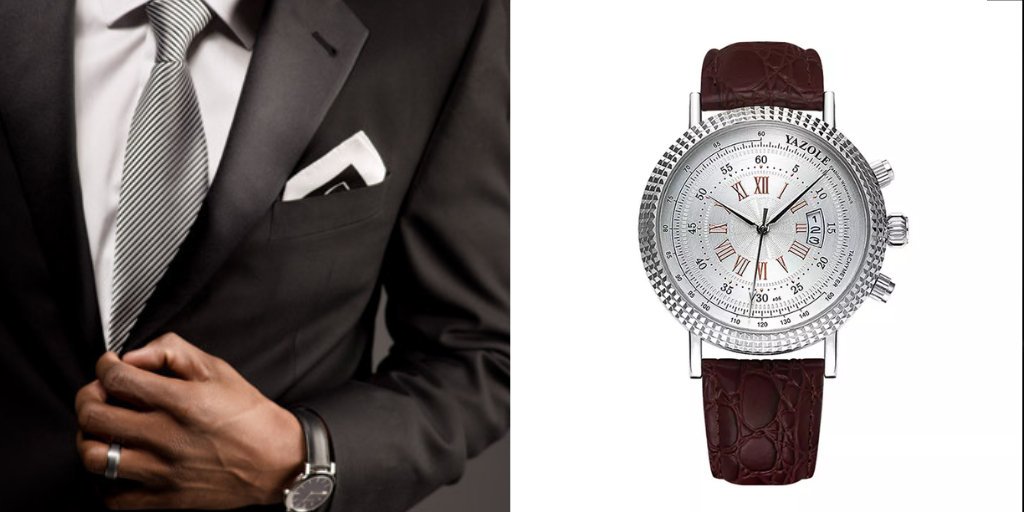pewsocialtrends.org/essay/an-early…
npr.org/2016/12/22/506…
I can think of several examples that would change how the "demographics" vote in the future based on policies, candidates, economics etc. but....
66.7% white
13.3% Hispanic
12.5% black
4.7% Asian
But that doesn't tell u anything. The turnout of those groups are different. In every presidential election since 1988 (except 2008/12) whites have turned out in higher % than others.
From 1988-2004 blacks were at about a 50% turnout rate. 2004-2016 they surged to 60%-70% turnout rate
Here is a link to the turnout numbers...
electproject.org/home/voter-tur…
So we have 60% of 66.7% showing up
60% of 12.5% showing up
45% of 13.3% showing up. And
45% of 4.7% showing up in 2020
Let's put some real numbers in here instead of %
There are about 240million eligible voters
160 million eligible white voters
30 million eligible black voters
32 million eligible Hispanic voters
11million eligible Asian voters
7 million eligible "other" voters
So if turnout models stay the same..that means...the electorate will be
18 million black voters
14.5 million Hispanic voters
5 million Asian voters
3 million "other" voters.
Total 136.5 million votes
So 58% of 96million = 55.7
8% of 18 million = 1.44 million
29% of 14.5million = 4.2 million
27% of 8 million = 2.16 million
Total of 63.5 million
37% of 96m = 35.5 million
88% of 18m =15.84 million
65% of 14.5m = 9.42 million
65% of 8m = 5.2 million
Total of 65.96 million
So 66 million vs 63.5 million. Pretty much the result of 2016. The Dem wins popular vote
Let's play with the numbers some and assume everything WON'T be the same. Unlike the experts think.
What happens if Trump gets 10%(1.8m) of the black vote?
Or
60% of the white vote (57.6m)
31% of the Hispanic vote (4.49m)
Or
29% of Asian/other vote (2.32m)?
Which group would a 2% increase in support help Trump more?
1.9m whites
360k blacks
290k Hispanics
160k Asians/other
Which party is calling all whites racists again?














